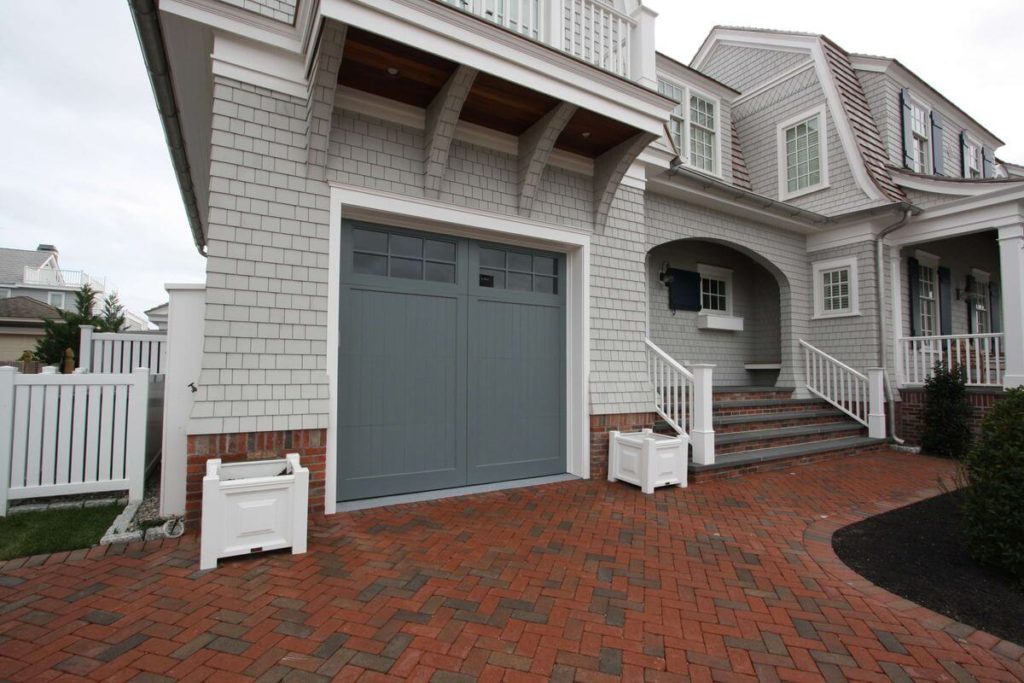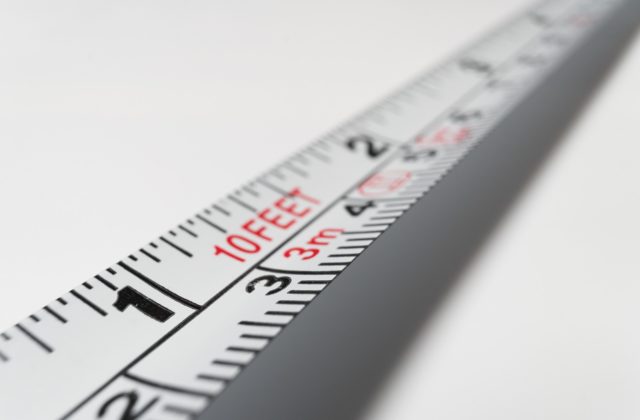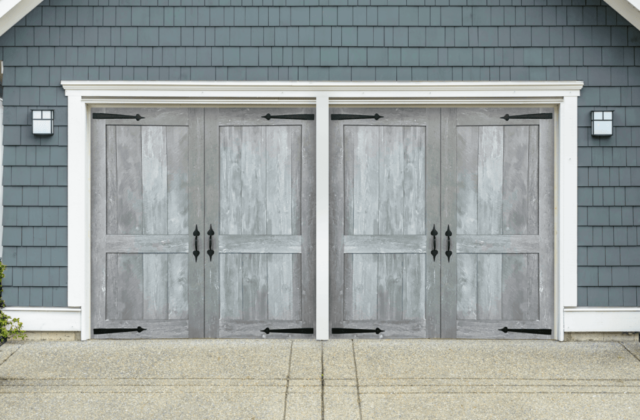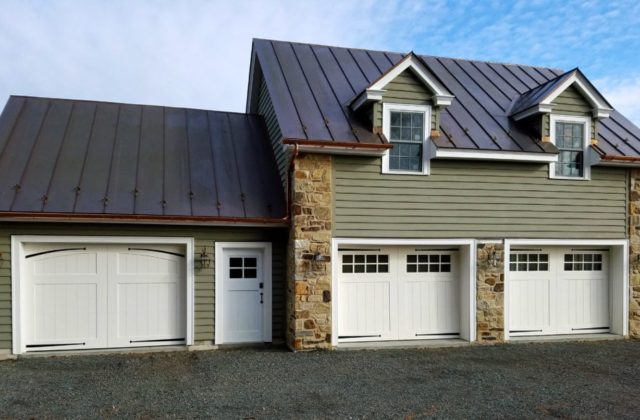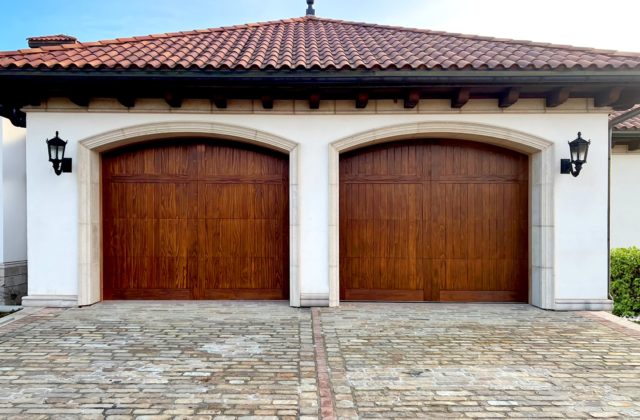With so many different styles of garage doors available, choosing one that matches your home can be difficult. If you’ve ever asked yourself “what type of garage door should I buy?”, this blog is for you. We’ll start by reviewing the most common overhead and non-overhead garage door styles to provide you with foundational knowledge. Then, we’ll dig into different types of homes and provide expert recommendations for complementary garage door looks.
Overhead Garage Door Styles
Also known as sectionals, overhead garage doors are the most common and popular style on the market. They roll up and down on vertical tracks located on either side of your garage door opening and can be operated with or without an automatic opener. When open, overhead doors rest in a horizontal position above your garage floor.
Many overhead garage doors are designed and built in the carriage house style, which is reminiscent of an era when wealthy families stored their carriages in detached structures. However, modern carriage-style garage doors come in a variety of sizes and can be fully customized to match any home.
There are four main types of overhead garage doors: bifold, swing overhead, traditional stile and rail, and trifold. We’ll explain each of these in more detail below.
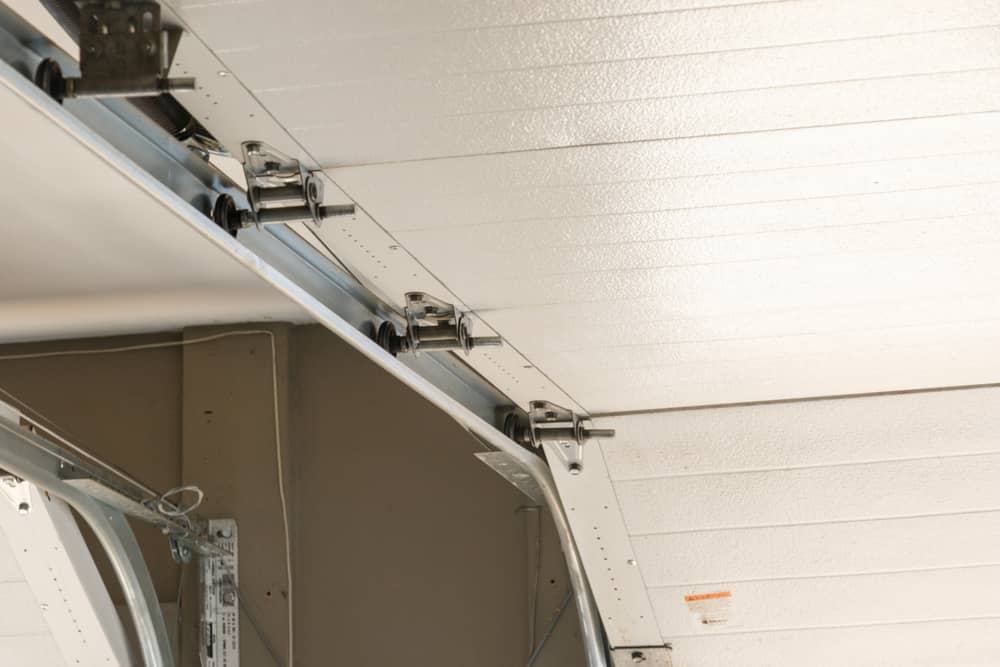
Bifold Overhead Garage Doors
This garage door style features a minimum of four panels that are hinged to close like bifold closet doors. While most of these products don’t actually fold, if they did, they would part in the middle with two panels on each side. You can choose from a variety of panel options, including beaded, flat, flush, tongue and groove, glass, raised, recessed, V-groove, and more.
Swing Overhead Garage Doors
While they appear to have two panels that separate and swing open at the center, these products roll up and down like overhead garage doors. They’re typically carriage house style with windows and decorative hardware, like strap hinges, latches, pull handles, ring pulls, and clavos. However, other swing overhead doors are windowless for a quaint, picturesque barn door look.
Traditional Stile & Rail Garage Doors
The first overhead garage door style available, these products feature visible vertical stiles and horizontal rails. This traditional garage door style is built using mortise and tenon joinery and panel inserts to create sections that can be rolled up and down. Keep in mind that the stiles and rails are structural, so they cannot be removed and play a key role in defining the door’s overall design.
Trifold Overhead Garage Doors
Another overhead residential garage door style is the trifold, which features a minimum of three sections that are hinged together like closet doors. They don’t actually fold, but if they did, they would part in the middle with three folds on each side. You can add as many panels as you’d like, but they must be in multiples of three.
Non-Overhead Garage Door Styles
There are also several non-overhead garage door looks to familiarize yourself with before choosing a product for your home. Let’s take a closer look at each one.
Barn-Style Garage Doors
Barn-style garage doors are swing- or slider-style products that feature a solid top section with no horizontal rail and few (if any) windows. If there are windows, they’re typically small and located in the top section of the door.
Side Rolling Garage Doors
The side rolling garage door style opens to one side of your garage opening. While it takes up some wall space, it also leaves the majority of the opening unobstructed. Side rolling garage doors are similar to bifold products, but they can be automated more easily.
Sliding/Gliding Garage Doors
Also known as sliders, this residential garage door style rolls on a track from side to side, just like traditional barn doors. Sliding doors must be larger than your finished door opening and completely cover it to ensure both insulation and security. They also require a protrusion-free wall area and a track that’s twice the width of the door.
True Bifold Garage Doors
Rather than rolling up and down like their overhead counterparts, true bifold doors part in the center and fold off to each side. They’re perfect for large areas and can even replace an entire wall. And because there are no section breaks, there’s more room for windows and decorative hardware.
True Swing Garage Doors
These unique products swing open and shut on heavy-duty hinges that are mounted on one side of your garage door opening. They’re typically composed of two opposing slabs (also known as leaves) that open outwards, but in-swing doors are also available. The “active” slab has a handle and opens first, while the other slab remains stationary until the pins holding it shut are released.

Ten Common Home Styles to Know
Now that we’ve reviewed the most popular garage doors, we’ll examine individual home styles. You’ll find the traits associated with each one below, along with recommendations for complementary garage doors.
1. Cape Cod-Style Homes
With roots dating back to 1675, Cape Cods feature steeply-gabled rooflines with shuttered dormer windows and wood siding. They’re often rectangular in shape, one or two stories, and feature a centrally-located front door.
If you own a Cape Cod, opt for garage doors with symmetrical, raised rectangular panels that complement your home’s design. Wood or composite carriage-style garage doors are a popular choice, especially in a darker finish.
2. Colonial-Style Homes
Colonial homes originated in the Northeast United States and can be traced all the way back to 1876. They’re usually two or three stories and built from stone, brick, and/or wood to withstand harsh winters. Colonials have steep, sloped roofs, double-hung sash windows, and a decorative entrance.
When choosing colonial-style garage doors for your home, be sure to consider wood carriage house products, which integrate seamlessly with this home style. Many homeowners opt for two-tone or swing doors, both of which create a sophisticated (yet classic) look.
3. Contemporary-Style Homes
While it’s often confused with mid-century modern design, contemporary architecture continuously evolves with the times. Like modernist homes, these structures feature minimalist aesthetics, clean architectural lines, and open concept designs. Ultimately, contemporary homes push the limits of design by incorporating updated finishes, mixed materials, and unusual shapes.
If you’re shopping for contemporary-style garage doors, look for minimalistic products with sleek lines, neutral colors, and vertical, off-center windows. Contemporary wood doors may feature vertical or horizontal planks and shouldn’t have trim boards. Aluminum and glass doors are also very popular for contemporary homes, along with steel options wrapped in copper or other metals.
4. Craftsman-Style Homes
With roots in the 19th century Arts & Crafts movement, craftsman-style homes have low-pitched roofs and wide eaves that extend past the exterior walls. They also have covered porches supported by tapered columns, along with bold exterior trim and detailing. Craftsmans may feature stained glass windows and are often sided with natural materials like wood shingles, stone, and stucco.
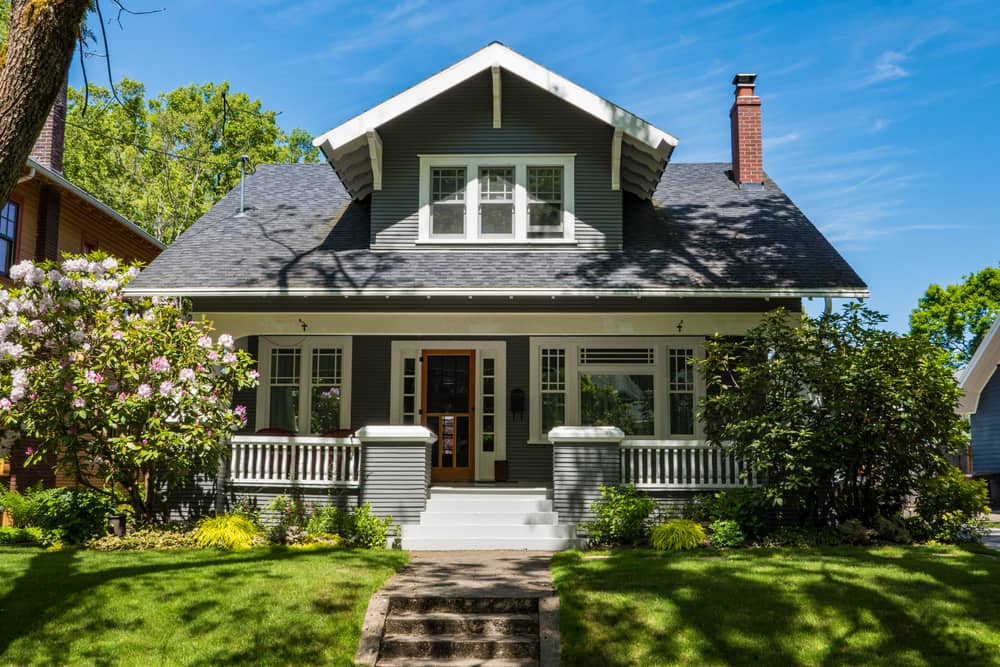
When choosing doors for your craftsman home, look for a wood carriage house or barn-style garage doors with panel detailing, windows, and simple hardware. If your craftsman has more of a modern look, you can also opt for an aluminum and glass door. Arched top doors with divided lite windows are another great choice, especially if they have raised or recessed panels.
5. Farmhouse-Style Homes
Originally designed for families on large lots with plenty of outdoor space, farmhouse-style homes evoke a simpler, rural lifestyle. Modern farmhouses typically feature steeply-pitched metal roofs, narrow dormer windows, and are built from natural materials like wood or stone. They also have large, functional porches that are designed to facilitate both indoor and outdoor living.
If you’re shopping for farmhouse-style garage doors, focus on wood carriage house-style products with painted or stained buck overlays and divided window grilles. These are perfect for farmhouses because they recreate the rustic appearance of old-fashioned barn doors. However, if your farmhouse is more modern, you can create a contemporary look with a glass and aluminum garage door.
6. Mid-Century Modern-Style Homes
Inspired by the modern design movement, mid-century modern architecture peaked in popularity between 1945-1975. These homes prioritize functionality and are characterized by clean lines, symmetry, and the use of natural materials. They’re typically one story and emphasize outdoor living spaces that connect the home’s interior with nature. Many mid-century modern homes also include vaulted ceilings, flat exterior paneling, asymmetrical designs, and oversized windows.
When choosing mid-century modern-style garage doors, look for simple designs and minimal glass elements that are stacked vertically to the right or left. Your door should mirror your home by embracing minimalism and incorporating sleek lines that incorporate both positive and negative space. We also recommend selecting a door with horizontal or vertical panels with no trim, prairie-style windows, and very little decorative hardware.
7. Ranch-Style Homes
Otherwise known as ramblers, ranch-style homes offer modern simplicity that dates back to 1930s California. They’re typically one story, made from natural materials (e.g. stucco, brick, or wood), and feature an open concept layout. Other characteristics include low-pitched rooflines, deep overhanging eaves, sliding doors that open to a back patio, and large living room picture windows.
Ranch-style garage doors should have a classic, elegant look with large windows and balanced, simple hardware. Wood or composite carriage house doors with dark finishes are a popular choice due to their classic, elegant look. If your ranch-style home is more contemporary, look for a streamlined door that complements the overall facade.
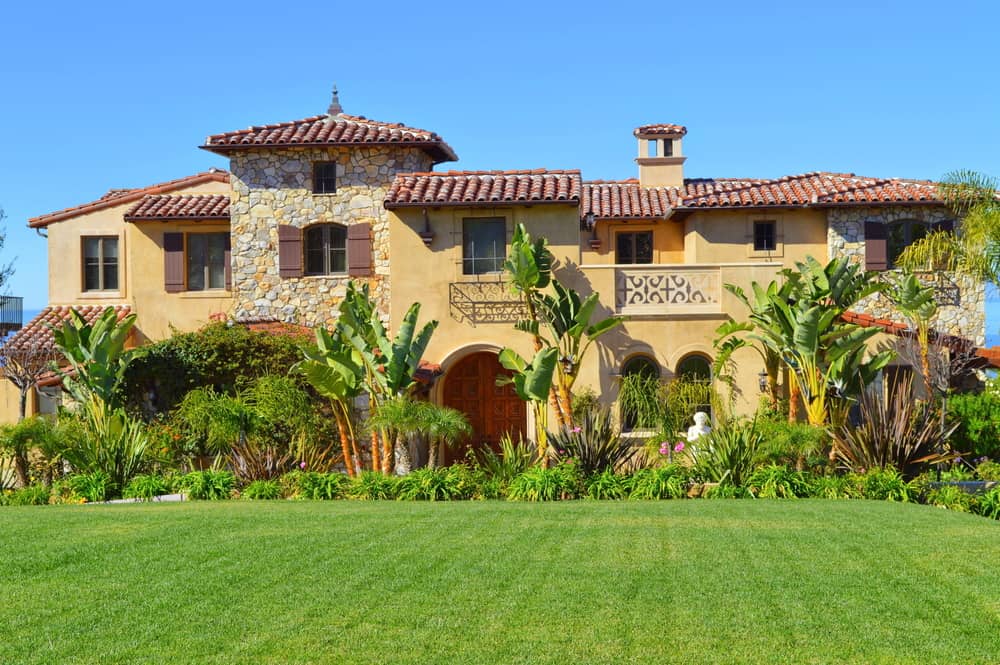
8. Spanish-Style Homes
Inspired by colonial architecture in areas once under Spanish rule (like Florida, California, and the Southwest), Spanish-style homes draw strongly from Mediterranean design. Many of these homes feature a U-shaped floor plan that’s oriented around a central courtyard and fountain. Other characteristics include:
- Low-pitched roofs
- Stucco or adobe walls
- Colorful tiles and ornamentation
- Small windows
- Grillwork
- Wooden support beams
When choosing Spanish-style garage doors, look for dark wood or composite products that contrast with your white or tan exterior walls. Recessed panel carriage-style garage doors are a great choice because they mirror the straight, clean lines of Spanish-style homes. You can even accentuate your door with decorative iron clavos to tie in with the exterior grillwork.
9. Tudor-Style Homes
Heavily influenced by medieval English architecture, Tudor-style homes were particularly popular between the mid-19th century and World War II. Ornate facades, steeply-pitched roofs, prominent cross gables, and timbered white stucco siding are all hallmarks of Tudor homes. They also feature tall, narrow windows with small panes, decorative chimney pots, and arched top front doors.
Carriage-style garage doors with A- or V-bucks pair nicely with Tudor homes because they complement the facade’s half-timbering. If you’re looking for a simpler option, go for a door with vertical panels and no trim. Both real and composite wood work well with these homes, especially when accessorized with small windows and decorative hardware.
10. Victorian-Style Homes
These homes recreate styles that were popular during the lengthy reign of Queen Victoria (1837-1901) and include subcategories like Queen Anne, Italianate, and Gothic Revival. Victorian-style homes feature front-facing gables, steeply-pitched roofs, cutaway bay windows, dormers, and asymmetrical facades with porches. Additionally, they’re usually two to three stories, often painted in eye-catching jewel tones, and may feature towers and turrets.
Carriage- and swing-style garage doors are the perfect choice for Victorian homes because they mimic the intricate woodworking and historic charm of this architectural style. Investing in a real wood door – and painting or staining it in a complementary color – is a great way to achieve historical accuracy. You should also include simulated or true lite windows and decorative hardware to complete your sophisticated Victorian look.
If you still are unsure what style is for you, we’ve created a garage door style quiz to guide you in the right direction
This blog was originally published on June 21, 2018 and updated on December 17, 2021.
